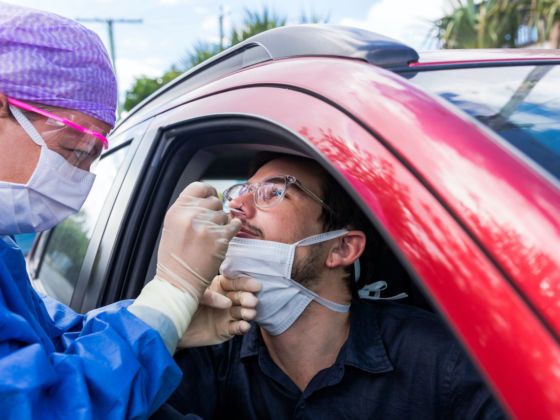Last week, a small town in Northern California’s Marin County unveiled free coronavirus testing for all residents, making the unincorporated coastal hamlet of Bolinas one of the first communities in the world to trial mass testing.
Infectious disease researchers at the University of California, San Francisco conducted the tests after being approached by Bolinas residents Jyri Engeström, a venture capitalist, and Cyrus Harmon, a pharmaceutical executive. Inspired by the mass testing in the northern Italian town of Vo Euganeo, which flattened its COVID-19 curve while infection rates skyrocketed elsewhere in Italy, Engeström coordinated a GoFundMe campaign to raise money for a pop-up testing site in Bolinas, whose population is under 2,000 compared to Vo Euganeao’s 3,000-plus residents.
